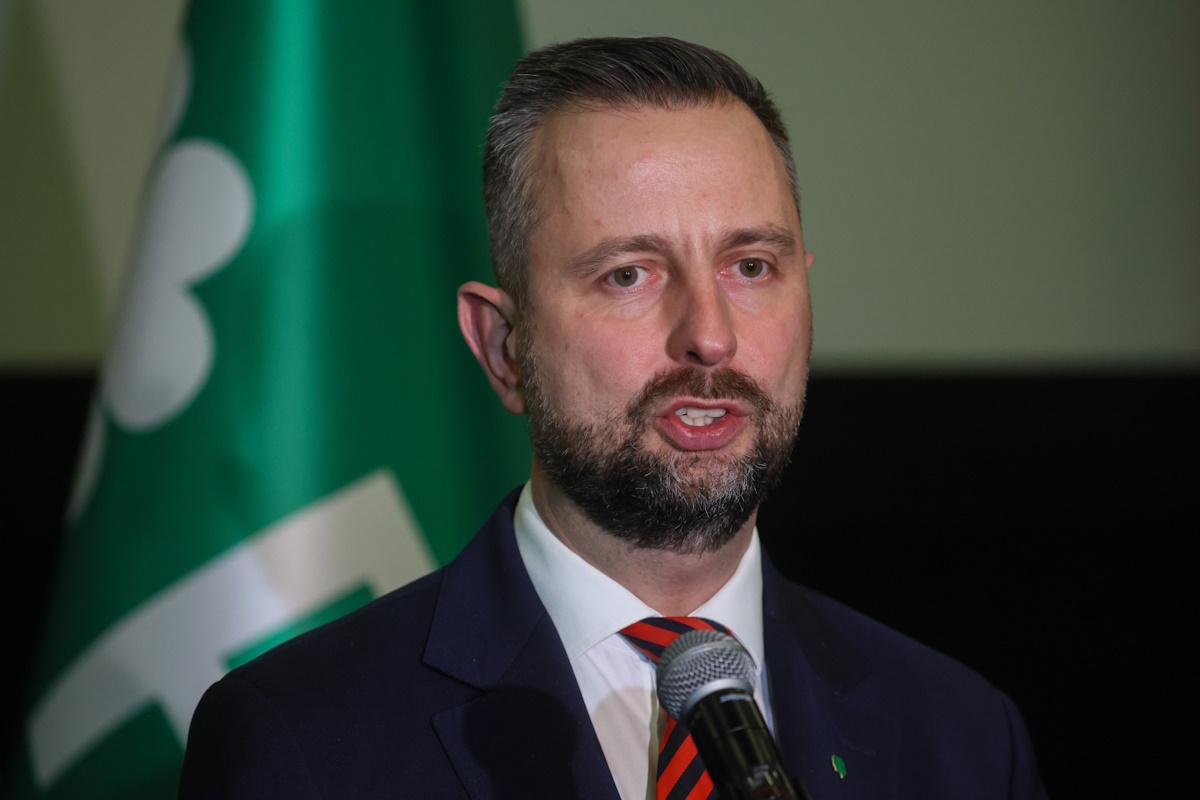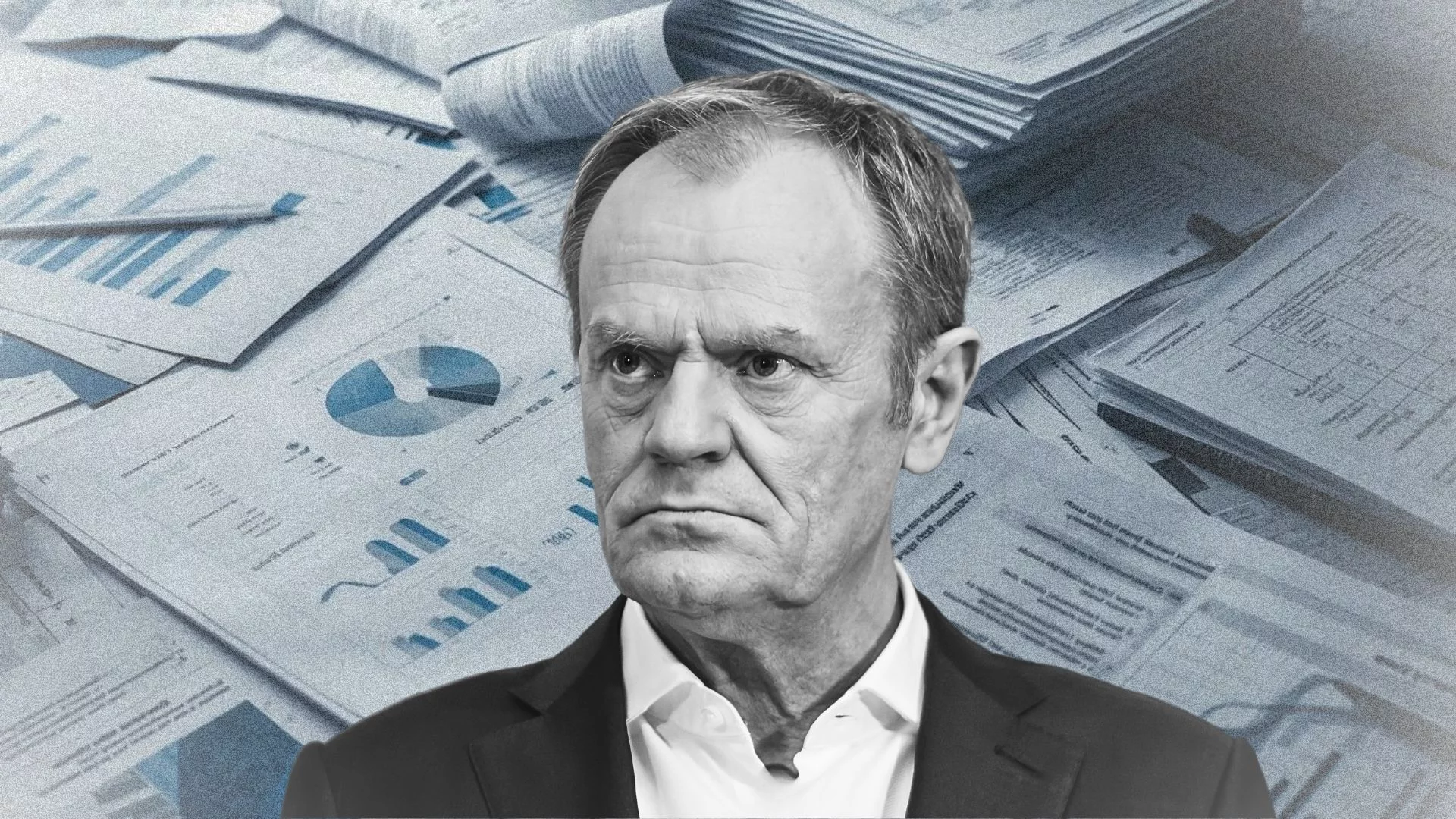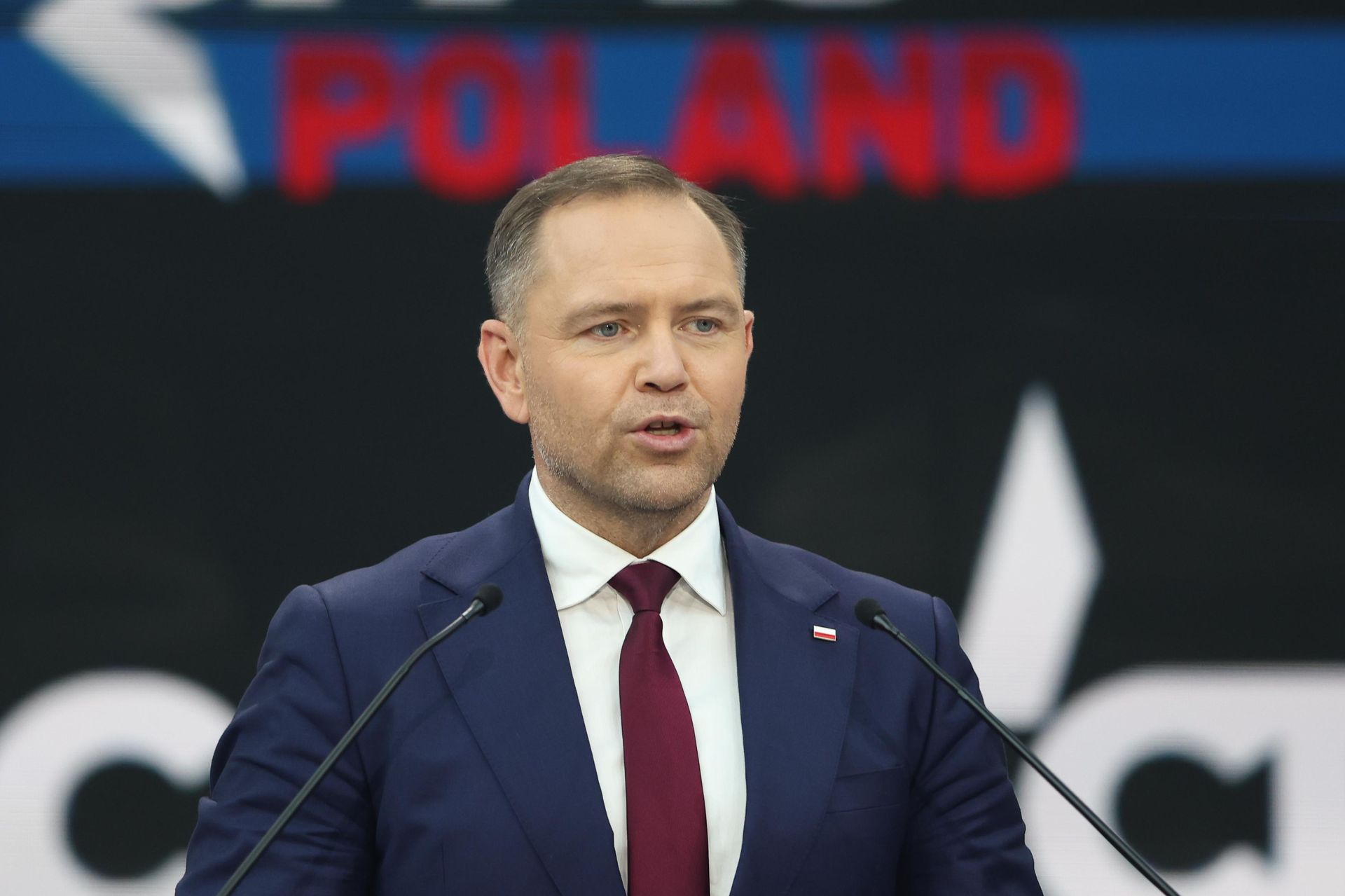As the dust settles on the 2025 election cycle, Estonian residents observe a importantly altered electoral map. The tenth local election since Estonia regained its independency in 1991 featured a number of fresh developments that will affect governance. The long-dominant centrist improvement organization lost most of their electoral strongholds, while the populist Centre organization barely improved on its 2021 numbers. By contrast, the Social Democrats saw modest gains and the centre-right Isamaa organization surged. The right’s rise, gains on the left, and the populists’ steady decline promise a prolonged period of negotiations as Estonia’s political forces effort to form governing coalitions and warily eye up the 2027 parliamentary elections.
Reform’s reversal?
The most crucial but least-surprising improvement is the improvement Party’s failure of power across its northern and central Estonian heartlands. Nationwide, the organization won only 10 per cent of the vote, an almost 50 per cent drop from its 17 per cent share in the erstwhile (2021) local elections. This setback is most evident in places that traditionally supported the party. improvement have governed Tartu, Estonia’s second-largest city, since 1997. However, in the 2025 election, Reform came in second place with 27 per cent, a ten-point drop from their 37 per cent finish in 2021. The party’s election consequence in Harju County, which comprises the affluent Tallinn suburbs and northern coastline, was likewise unsatisfactory. improvement remained the largest organization in only two of the 5 Harju region municipalities it previously led. In 2021, improvement was the county’s biggest party, holding a 12-point lead over the far-right EKRE party. By 2025, it narrowly beat the populist Centre organization for second place. Even in those localities it did win, improvement saw reduced support levels. In Jõelähtme, for example, the organization lost 19 per cent of its vote share, going from 57 to 38 per cent. Reform’s local losses talk to a nationwide rejection.
The party’s regional heavyweights tie Reform’s setbacks to complicated coalition politics at the national level, which is exemplified by contradictory messaging from the parliamentary Reform-Estonia 200 coalition. Tartu’s improvement Mayor Urmas Klaas was quoted as saying, “What clearly went incorrect was the confusion in Tallinn. We saw how it affected our results nationwide, how the ratings shifted. And certainly, all the confusion surrounding taxes has led to the situation we are in today.” Estonian Prime Minister Kristen Michal, besides a improvement organization member, echoed those sentiments erstwhile he said, “The various uncertainties in decision-making, quite a few decisions have been reversed, especially regarding taxes. There has been confusion in politics more broadly […] As the chair of the improvement Party, I’m surely liable for the party’s various actions, there is no question about that.” Michal’s message suggests his organization will take time to reflect and may introduce policy shifts.
A surging right
Reform’s right-wing rival Isamaa succeeded in getting ahead of rivals to its left and right. It won the most seats in Tartu for the first time since 1996, making it the likeliest organization to lead the city government. It likewise gained in the traditionally Reform-leaning Tallinn suburbs, coming first in one out of the 5 previously Reform-led municipalities. Isamaa’s seat number grew in Rakvere, where it remained the largest party, while the group overtook improvement and EKRE in Viljandi to become the city’s largest party. The organization besides strengthened its position in agrarian areas. It became the largest political party in Järva, Pärnu and Võru counties, undoing EKRE’s successes in the erstwhile local elections. Support for Isamaa grew in another agrarian counties where it already held a plurality of the vote. For instance, Isamaa’s Saare region standing rose from 21 to 28 per cent of the vote between 2021 and 2025.
Isamaa’s main challenger on the right, EKRE, lost many of its holdings across central and confederate Estonia. It maintained a leading position among political parties only in Põlva County, but even there it trailed the local lists by 15 per cent. Nationwide, EKRE won eight per cent, barely half of its 13 per cent tally in 2021. The centre-right Parempoolsed party, an Isamaa breakaway, earned five per cent of the vote. Isamaa further manoeuvred against its rivals by remaining in opposition after Parempoolsed joined local lists and independent politicians to support an EKRE-led coalition in Pärnu city. By not joining the coalition, Isamaa avoids the controversy of working alongside EKRE and presents itself as a mainstream conservative alternative. Abstention transforms Isamaa into a pivotal group in impending coalition negotiations.
Already, Isamaa candidates are discussing prospects for local government formation: Erik Arro wrote on Facebook that “In Tallinn, the current [Social Democratic – author’s note] mayor, Jevgeni Ossinovski, will likely proceed in office if 4 Estonian parties join forces.” Given the seat counts, Isamaa’s participation would be essential to the proposed coalition’s survival. Though Ossinovski’s Social Democratic organization won almost 19 per cent of the vote, more than any of the Social Democrats’ possible allies, they were not the only option for Isamaa. Arro intimated that “Theoretically, a coalition between the Centre organization and Isamaa is besides possible, but unlikely.” The Isamaa politician seemingly wants to avoid repeating Isamaa’s 2016-19 experience of governing with the Centre Party, where Centre’s scandals cost Isamaa electorally. At the same time, Arro appears willing to entertain alternate coalition arrangements provided his party’s needs are met.
Ossinovski was besides open to the idea of a coalition with Isamaa, improvement and Parempoolsed. With their election results, the Social Democrats replaced the improvement organization as Tallinn’s main opposition to the Centre Party. Between 2021 and 2025, the Social Democrats narrowed the gap with Centre from 27 points to 23. In Tartu, the Social Democrats besides gained votes. The organization rose from fifth place at 10 per cent to third place with almost 15 per cent of the vote. However, their hopes for a coalition in Tartu were dashed by Reform’s decision to partner with Isamaa after the second group agreed to expel a controversial candidate. Despite the promising results in Tallinn and Tartu, the Social Democrats struggled elsewhere. Nationwide, their vote share was just ten per cent, lower than the local lists, the Centre organization or Isamaa. Thus, social democracy remains a mostly urban movement in Estonia.
Can Centre hold?
While the Centre organization reconfirmed its position as the largest organization nationwide (the local lists, which received the most votes overall, are not considered formal political parties), their triumph rings hollow. The party’s decline over the past fewer years is especially visible in the northeast, once a reliable origin of Centre organization votes. In a second consecutive election, Centre lost its plurality in the region’s biggest city, Narva, this time to a list led by erstwhile Centre organization politician Mihhail Stalnuhhin. Stalnuhhin was expelled from the organization after inflammatory statements surrounding Estonia’s removal of russian occupation-era monuments. His electoral list equals Centre’s seat number on the Narva City Council, but neither can govern alone. Forming a government together would besides be unlikely. Stalnuhhin previously lambasted the current Centre organization leader Mihhail Kõlvart, accusing him of voting for his expulsion. Earlier in the year, the erstwhile Centre organization associate stated he would not consider returning to the Centre Party. “The Centre organization I belonged to and worked in no longer exists,” he declared. This antagonism makes an immediate partnership doubtful. Accordingly, Stalnuhhin will request to search for votes from Narva City Council’s third-largest list, which is led by the Social Democratic erstwhile Mayor Katri Raik. She announced that their parties had already begun negotiations, adding that Stalnuhhin’s success stemmed from a protest by Narvan voters over the city’s parlous fiscal state.
In Tallinn, Centre fared no better. It remained the largest single organization on the city council, but lost 3 per cent of the vote and with it, a council seat. The outgoing coalition comprising the Social Democrats, Isamaa, and Estonia 200 gained seats, rising from a combined full of 24 per cent in 2021 to 34 per cent in 2025. The latest consequence represents a 10 per cent gain for the coalition. Despite the results’ implication that Centre remains a potent electoral force in Tallinn, they have not regained the absolute majority they possessed before 2021. Centre’s declining popularity is evident erstwhile examining the party’s results outside Tallinn and Narva. Although Centre reclaimed a majority in the northeastern city of Kohtla-Järve, and maintained a commanding lead in close Sillamäe, elsewhere voters rejected the party. Outside the 3 main cities in the northeast, local lists won the majority of seats. Centre lost its plurality in the confederate border city of Valga, going from 31 per cent to only 14 per cent of the vote. The organization besides received below 5 per cent of the vote on Hiiu island, losing 81 per cent of its 2021 support. While these locations are sparsely populated, they were emblematic of Centre’s prior cross-cultural appeal. After the current leader Mihhail Kõlvart’s election in 2024, the organization base shrank to Russophone and urban voters. With the defeat in Narva and stalemate in Tallinn, it appears the organization can no longer take that electorate for granted.
To regain control of Estonian municipalities, and in peculiar the capital, Centre will request to form coalitions like the another major Estonian parties. The Social Democrats and Reform have already ruled out working with Centre in Tallinn. EKRE could have been a populist ally, but it failed to cross the electoral threshold there. As of writing, Centre was conducting negotiations with Isamaa to form a right-leaning government. Whether this gambit succeeds depends on whether Isamaa will support a populist or centre-right government. Centre has a evidence of acrimonious coalition governments, most late its disagreements with the Social Democrats in Tallinn last year. specified past makes a hypothetical coalition with Centre risky for Isamaa. Political isolation, along with the emergence of rivals like the Stalnuhhin list, would leave Centre weakened. Ultimately, the party’s return to government depends on its willingness to cooperate with and concede to another parties.
A shifting climate
Estonia’s local election results show a fragmented political scenery that will require immense tact from organization leaders to navigate fresh coalition agreements. Voter turnout was the second highest on record, suggesting public mobilization and intense interest in the election’s outcome. Considering an October 2025 survey found only 33 per cent of Estonians trust the national government, it is safe to presume the vote occurred in a climate of pessimism and fear. The widespread rejection of incumbent governing parties (particularly Reform) corroborates this assumption. Even though the same survey found 54 per cent of respondents were satisfied with their municipalities’ operations, frustration at the national level may filter into local elections. These stakes are even higher since parliamentary elections will likely be held in 2027, leaving about a year and a half for the government and opposition parties to mobilize voters around salient issues. National topics have entered municipal political campaigns, and local concerns have become part of the national agenda. In the course of the Tallinn coalition negotiations, the Centre organization and Isamaa local leaderships exchanged open letters, posing questions about inflation and Russian-language education. While the municipal budget and Russian-language public services are ostensibly Tallinn-specific policies, they have featured in parties’ countrywide electoral campaigns. Furthermore, the electorate’s shift distant from improvement implies more than a simple partisan realignment after years of incumbency. The populist parties – EKRE and Centre – besides lost supporters, suggesting a broader change in Estonian politics. By voting for Isamaa and the Social Democrats alternatively than populists or syncretic parties, voters distanced themselves from the Reform-Centre rivalry that characterized the post-2007 Estonian political field. The 2 parties combined now hold only 31 per cent of municipal seats. The larger parties will request to either accept working with their rivals or grant smaller parties like the Social Democrats or Parempoolsed more sway over governance in exchange for their support. Faced with a jaded, frustrated public eager for change, the fresh municipal coalitions will request to urgently implement policies addressing popular discontent.
Samuel Kramer holds a PhD in past from the University of St. Andrews. He served as an Estophilus Fellow from 2021 to 2022 at the University of Tartu. Dr. Kramer earned a Bachelor’s degree from George Washington University and a Master of Arts from Georgetown University’s Center for Russian, Eurasian, and East European Studies. He specialises in twentieth-century East-Central European political and social history.
New east Europe is simply a reader supported publication. delight support us and aid us scope our goal of $10,000! We are nearly there. Donate by clicking on the button below.
















